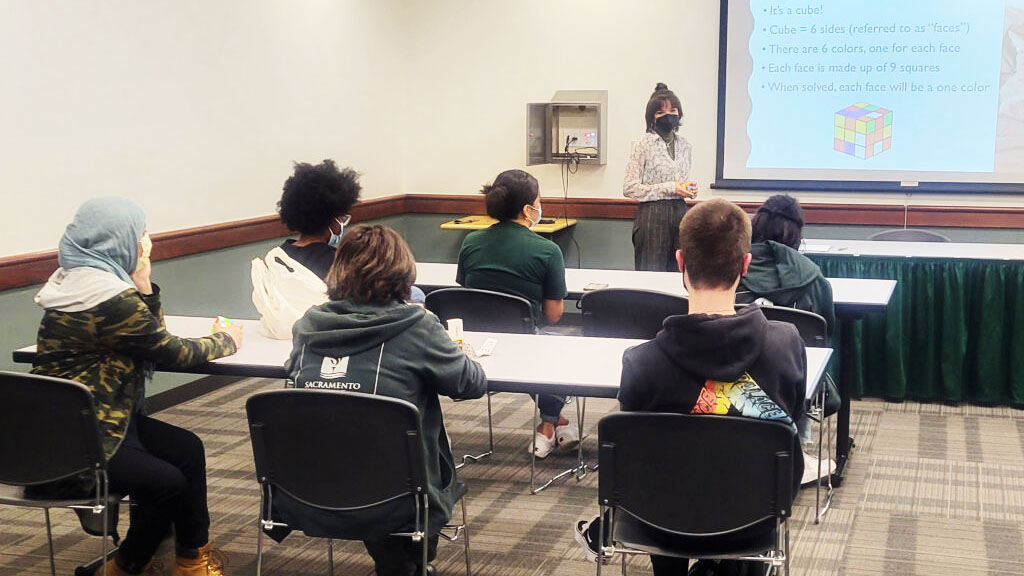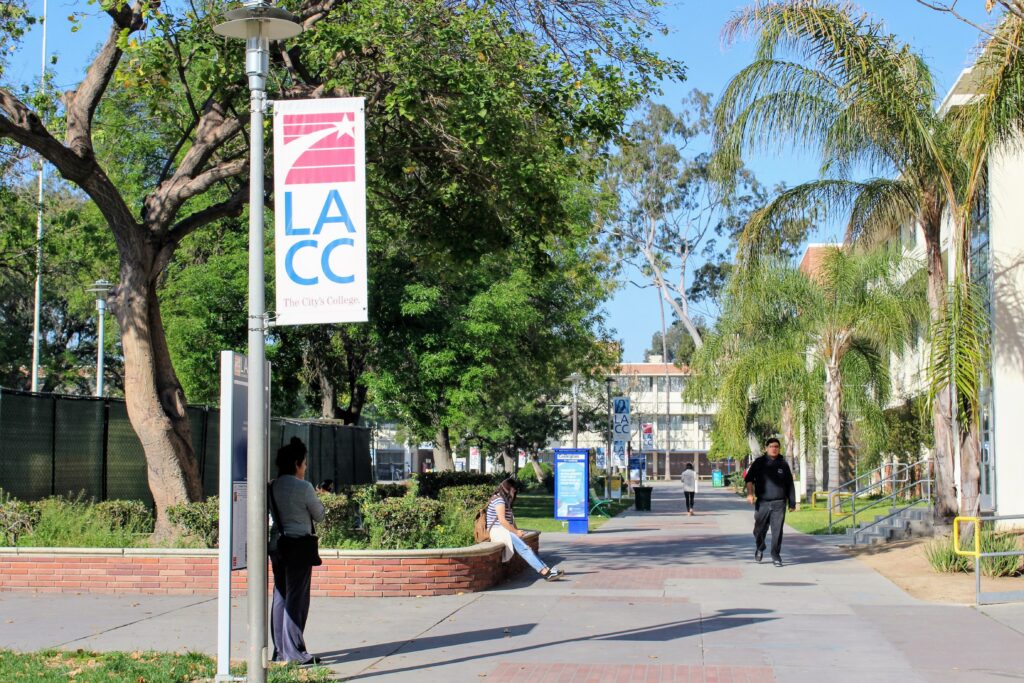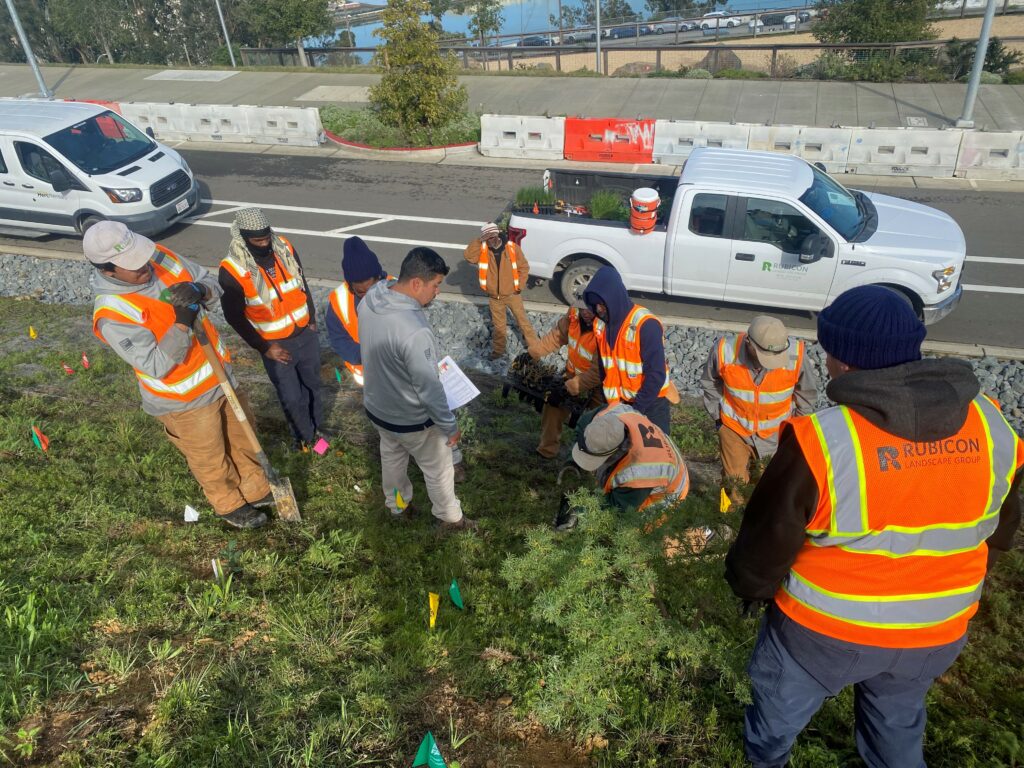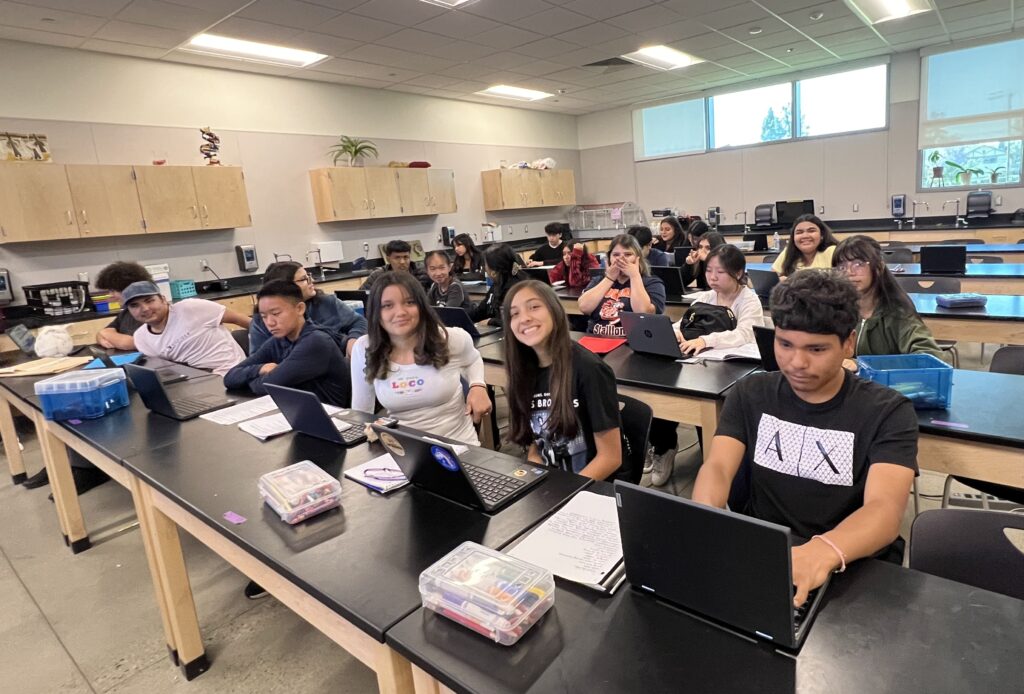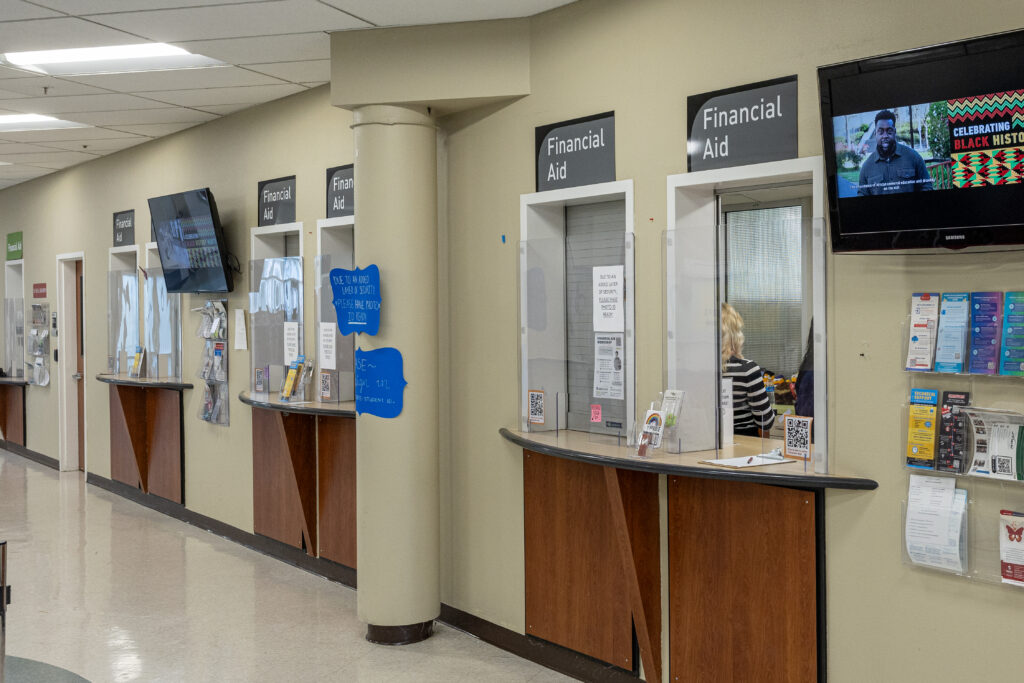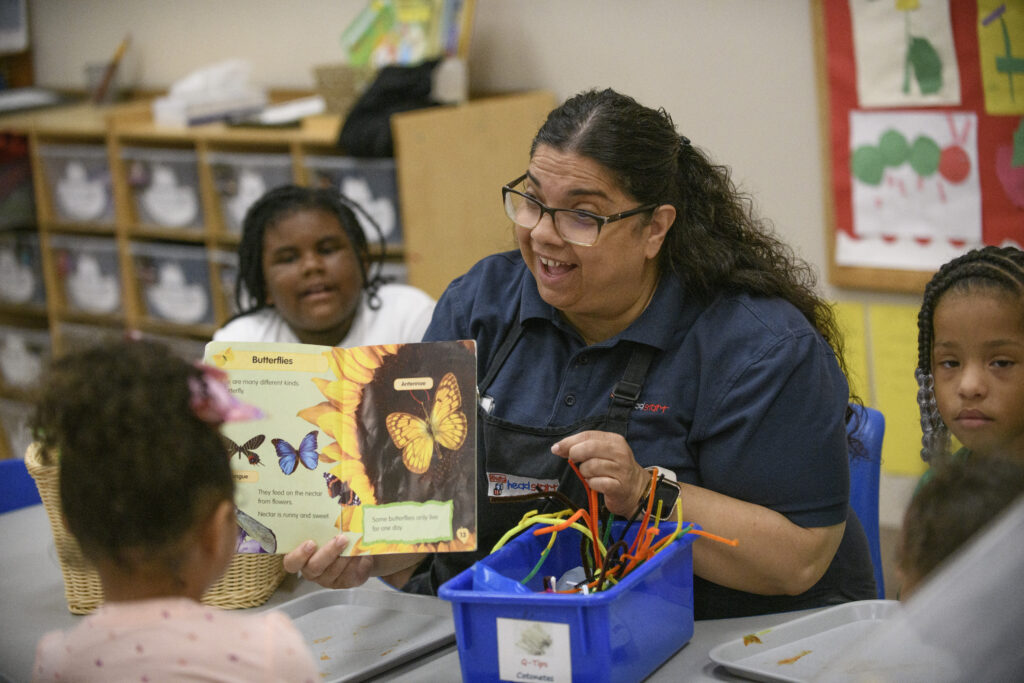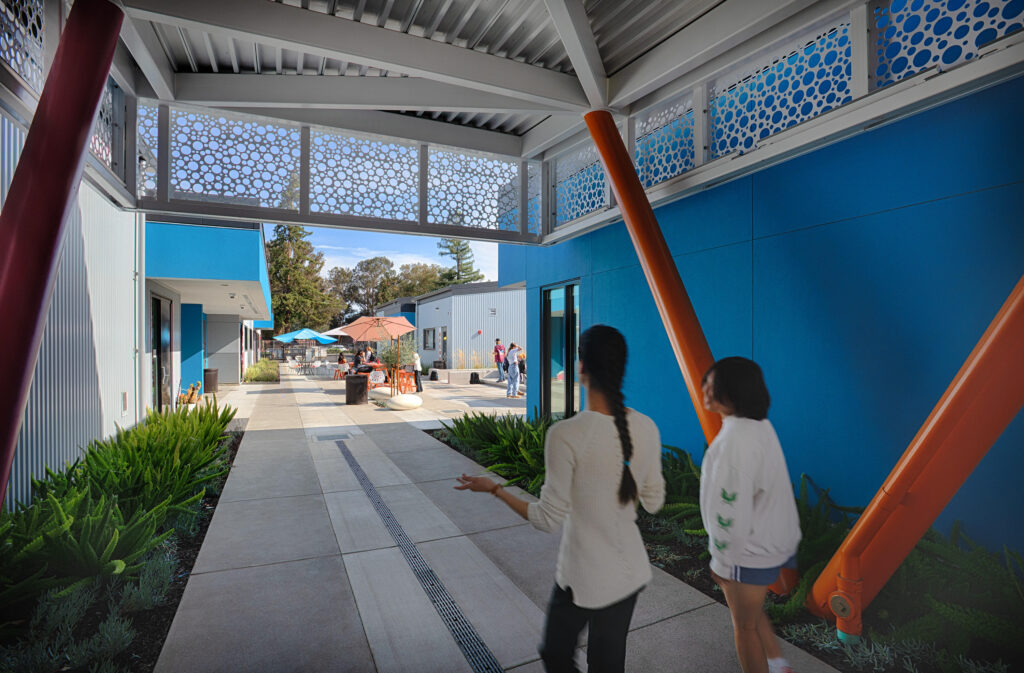
Students at the First Star Sacramento State Academy attend a lecture.
Credit: Linda Howe-Ram / First Star Sacramento State Academy
First Star Academy, a college-preparation program launched at UCLA in 2011, has been working to help foster youth students graduate from high school and reach levels of higher education.
Foster youth have the worst reported education outcomes in the nation as they lack school stability. According to the California Department of Education, only about 60% of foster youth in California complete high school, compared with 85% less than their non-foster counterparts. In addition, no more than 15% of California’s foster youth are considered college-ready, compared with 44% statewide.
First Star Academy is determined to bridge this gap.
Originally piloted at UCLA, First Star Academy is designed to provide support to high school students who have experienced foster care. This support is offered through tutoring, resources and connections to other foster youth programs to guide them toward higher education.
First Star students have access to youth mentors who help them through college applications, academic planning and life skills. Among these youth mentors is Ariana Fernandez, a student at California State University, Sacramento.
Fernandez, 21, has been working with First Star Sacramento State Academy for over a year. She hosts weekly office hours for students, provides tutoring and offers knowledge on things like how to apply for a driver’s license, build a resume and develop good study habits.
Sacramento’s First Star chapter currently serves 25 students and has five youth mentors. Students are assigned a specific mentor and are expected to meet with them weekly.
Fernandez is passionate about her students and wants them to view her as a resource, but she also had doubts about returning for the 2023-24 academic year.
“Initially, I was hesitant about joining First Star again because I had trouble forming connections with the students. But after the summer program, they really opened up to me, and that really gave me the confidence I needed to continue serving for First Star,” Fernandez said.
Her hesitation stemmed from her midterm arrival to the program. Fernandez didn’t want to impose on the existing relationships with students and their mentors.
“I came late, so most of the students had already bonded with their mentor, and I didn’t want them to feel like I was disrupting that connection,” she said.
A senior at John F. Kennedy High School in Sacramento and a scholar at First Star Sacramento State Academy, she values the friends the program has urged her to make.
“First Star gave me the opportunity to make connections with people I never would have met. I always look forward to in-person events to do fun activities with my friends,” said the student.
“I wish there were more in-person events, more Saturday sessions and more immersion programs.”
In the summer and Saturday sessions, students can experience life on a college campus and create bonds through numerous activities such as rock climbing, karaoke, cooking demos and kayaking. This bonding encourages the students to develop close relationships with supportive staff, mentors and peers who understand the challenges of being foster youths.
This past summer, First Star Sacramento State Academy took students to the Academy of Sciences in San Francisco, Lake Natoma and to see Broadway shows at Music Circus.
Sacramento State’s First Star program coordinator is Victoria Garcia. With her background in family studies, Garcia, 25, facilitated workshops based around mental health and wellness this past summer.
According to the National Foster Youth Institute, it’s estimated that as many as 80% of children and adolescents entering foster care have mental health issues.
“This is a great opportunity for the youth to be able to express their feelings and share their experiences in the foster care system with other scholars who have similar stories,” Garcia said. “This session helped bring our group closer together and break down some built-up walls.”
First Star Academies continue to expand nationally, with new campuses around the country regularly joining the program.
Aya Mikbel is a fourth-year student studying political science and journalism at California State University, Sacramento and a member of EdSource’s California Student Journalism Corps.
